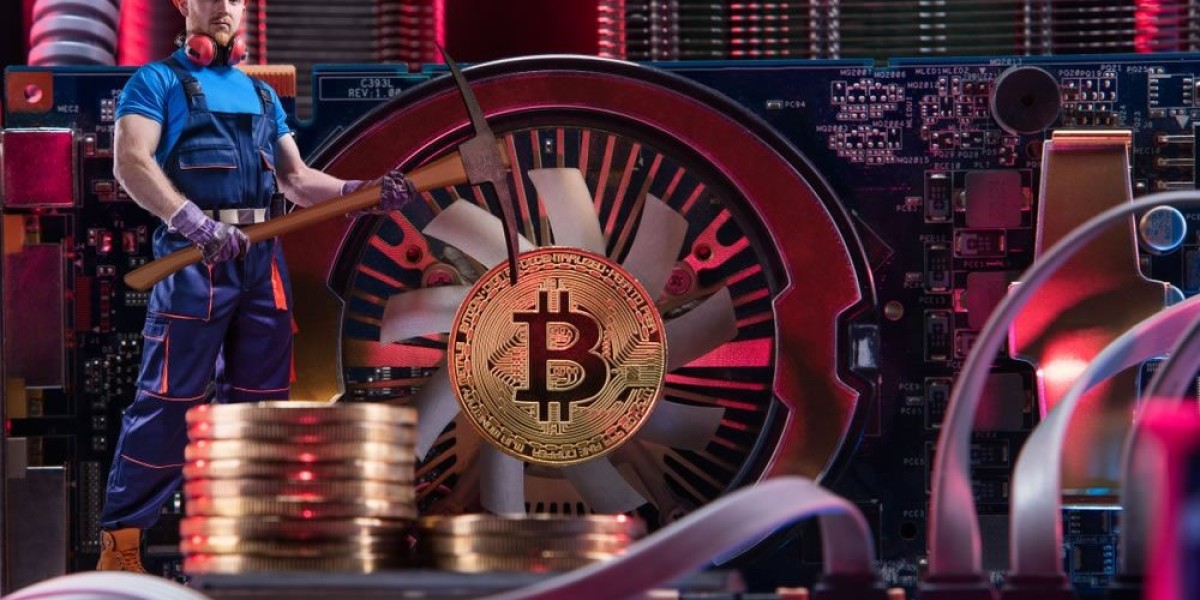The term mining hardware can mean two different things depending on the context. In traditional industries, it refers to the machines and tools used to extract minerals, metals, or coal from the earth. In the world of cryptocurrency, it refers to specialized computing equipment designed to “mine” digital assets like Bitcoin, Ethereum Classic, or Litecoin.
What Is Mining Hardware in Cryptocurrency?
In cryptocurrency mining, “hardware” refers to the physical devices that perform the computations needed to validate transactions and secure the network. These devices compete to solve mathematical puzzles, and the first to solve each puzzle earns the right to add a new block to the blockchain and receive rewards.
Mining hardware is judged by:
Hash rate – The speed at which it can perform cryptographic calculations.
Energy efficiency – How much power it uses for each unit of computational work.
Reliability – Its ability to run 24/7 without failure.
Types of Mining Hardware
CPU Miners (Central Processing Units)
Early method for mining Bitcoin in 2009–2010.
Not competitive today due to low hash rates.
GPU Miners (Graphics Processing Units)
Powerful graphics cards originally for gaming or graphics work.
Highly flexible, able to mine many types of cryptocurrencies.
Still common for coins like Ethereum Classic and Ravencoin.
FPGA Miners (Field-Programmable Gate Arrays)
Reconfigurable hardware offering better efficiency than GPUs.
Less common today, replaced by ASICs in many markets.
ASIC Miners (Application-Specific Integrated Circuits)
Purpose-built chips for a single algorithm like Bitcoin’s SHA-256.
Highest efficiency and hash rate, but can only mine specific coins.
Key Components of Mining Hardware
Processing Units – The ASIC chips or GPUs that handle the calculations.
Power Supply Unit (PSU) – Converts electricity for the mining components.
Cooling System – Fans or liquid cooling to prevent overheating.
Motherboard & Controller – Manages communication between components.
Connectivity – Stable internet link to mining pools and blockchain networks.
How Mining Hardware Works
Connects to the blockchain network through mining software.
Receives transaction data and adds a “nonce” value to create a candidate block.
Hashes the block using the cryptocurrency’s algorithm.
Tests the hash against the network’s difficulty target.
Broadcasts the solution if it meets the requirement, earning block rewards.
Factors to Consider When Choosing Mining Hardware
Hash Rate (TH/s, GH/s, MH/s) – Higher means more work done per second.
Power Consumption (W) – Affects profitability.
Cost of Hardware – Upfront investment can range from hundreds to thousands of dollars.
Mining Difficulty & Algorithm – Determines how competitive your hardware will be.
Noise & Heat Output – Important for home or small-scale setups.
Pros and Cons of Modern Mining Hardware
Pros:
Potential profitability through block rewards and transaction fees.
Contributes to network security.
Scalable for large mining farms.
Cons:
High electricity usage.
Expensive initial setup.
Generates significant heat and noise.
The Future of Mining Hardware
Mining hardware is moving toward greater energy efficiency and sustainability. Developments in chip design, renewable-powered mining farms, and immersion cooling systems are set to reshape the industry. In the future, profitability may depend as much on energy sourcing as on processing power.
Conclusion
Mining hardware is the engine that powers the digital gold rush of cryptocurrencies. From early CPU setups to today’s highly specialized ASIC machines, each generation of hardware has brought more power and efficiency to the mining process. Whether you’re a hobbyist or a large-scale operator, choosing the right hardware — and managing it wisely — is key to success in the competitive mining industry.













